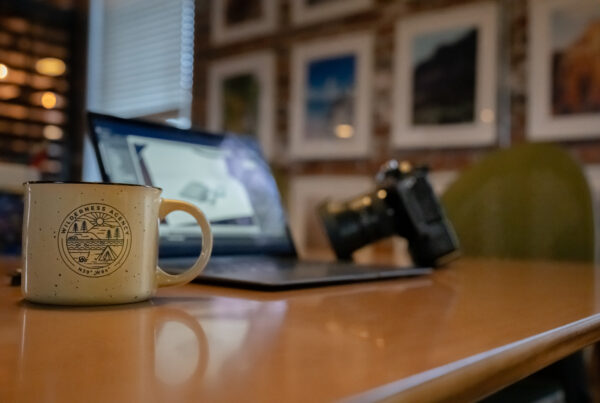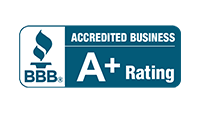
Brand authenticity.
It’s the difference between smoke and mirrors and standing on the stage in your underwear while the audience looks on.
Exposing your brand to scrutiny is difficult, but in today’s world of marketing noise pollution, honesty sells and brand authenticity is the difference between selling to your customers and inviting them to be a part of something bigger by feeling like they can actually relate to you.
So how do you accomplish authenticity? How do you weave honesty into your brand and how can you be sure you aren’t already?
When we meet with brands for the first time, we run them through an exercise we call the branding workshop. We ask them to take a hard look at their current and aspirational brand identity and compare their image to things like celebrities, magazines, and cars. We ask them to rank their business on a scale of adjectives, and if there are multiple stakeholders, this is where we can identify if there are conflicting perceptions of who the business is in the marketplace.
Once we zero in on an agreed identity, we can start comparing that identity to what exists today.
If we agree that a brand is feminine, what do we do if the logo is a bearded man?
If we decide the brand is quiet, does it make sense that you are attacking your competitors publicly on social media?
The brand workshop is a quick way to get everyone on the same page moving forward. After it’s over, we end up with a rubric from which to judge the brand voice moving forward. We can start asking tough questions, and holding the brand–and the stakeholders–accountable for staying true to what we all agreed was the brand identity.
Be Vulnerable
Once you agree on the brand internally, the next and arguably more important step is to start asking your customers if you are meeting your own standards. This means opening up your business to scary things like feedback, reviews, comments, and conversation on social media.
These things can seem scary to a brand, especially if you aren’t sure you are matching your own expectations, but ultimately it’s your chance to prove yourself right, to make your customers feel heard and as if they are a part of shaping your brand instead of just being on the receiving end.
In the end, when your brand comes into alignment with who you think you are and how your customers perceive you, you’ll end up with a level of authenticity that becomes impenetrable, making it that much easier for you to tell your brand story in a way that is clear, concise and consistent.
And when you get that down, you’ll be as natural at sales and growth as you are at standing on the stage in your underwear.
Failing Forward
I admire anyone who is willing to risk their own capital on an idea. Most people don’t get it right on the first business, but they learn. The idea that the only reason to get into business is to make money is wrong. The most successful stories you hear about are by people who wanted to make a difference and start with a why. Now is the time for purpose-driven business…Read “Failing Forward – Purpose-Driven Business.”





